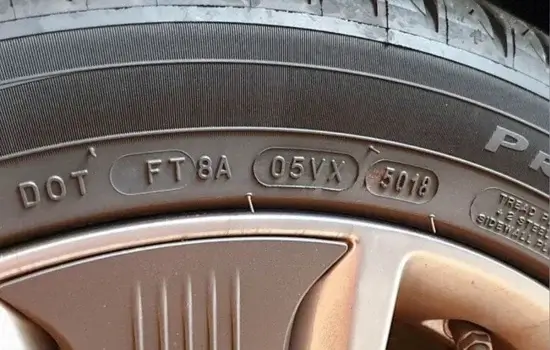Ensuring the safety and performance of your vehicle hinges significantly on the condition of its tyres. A crucial aspect of tyre maintenance is knowing their manufacturing date, as tyres deteriorate over time, even if unused. This article provides a comprehensive guide on how to check the manufacturing date of your car and bike tyres, understand the significance of tyre age, and maintain optimal tyre health.
Why Is Tyre Manufacturing Date Important?
Tyres are composed of various chemical compounds that degrade over time due to environmental factors like temperature fluctuations, UV exposure, and humidity. Using tyres beyond their recommended lifespan can lead to reduced performance, increased risk of blowouts, and compromised safety. Therefore, knowing the manufacturing date helps in:
- Assessing Tyre Age: Determining if tyres are within their safe usage period.
- Making Informed Purchases: Avoiding the purchase of old stock that may have deteriorated.
- Scheduling Replacements: Planning timely tyre replacements to maintain vehicle safety.
How to Locate and Interpret the Tyre Manufacturing Date
The manufacturing date is embedded within the Tyre Identification Number (TIN), commonly known as the DOT code, found on the tyre’s sidewall. This alphanumeric code provides essential information about the tyre, including its production date.
Steps to Find the Manufacturing Date:

- Locate the DOT Code: Examine the tyre’s sidewall to find a series of characters starting with “DOT.” This code may be on one or both sides of the tyre.
- Identify the Date Code: The last four digits of the DOT code represent the manufacturing date. For tyres produced after 2000, these digits indicate the week and year of manufacture.
- Decode the Digits:
- The first two digits specify the week of production (ranging from 01 to 53).
- The last two digits denote the year of production.
Example: If the DOT code ends with “2319,” it signifies that the tyre was manufactured in the 23rd week of 2019.
Understanding Tyre Lifespan
While tyres may appear in good condition, their internal structure can degrade over time. Most manufacturers recommend replacing tyres every six years, regardless of tread wear, and advise against using tyres older than ten years. Regularly checking the manufacturing date ensures that tyres are replaced within a safe timeframe.
Additional Tips for Tyre Maintenance
- Regular Inspections: Periodically check tyres for signs of ageing, such as cracks, bulges, or discoloration.
- Proper Storage: If storing tyres, keep them in a cool, dry place away from direct sunlight to slow the ageing process.
- Monitor Tyre Pressure: Maintain recommended tyre pressure to ensure even wear and optimal performance.
- Professional Assessment: Have a tyre professional inspect your tyres annually, especially if they are over five years old.
Conclusion
Understanding how to check the manufacturing date of your car and bike tyres is essential for vehicle safety and performance. By regularly inspecting the DOT code and adhering to recommended replacement timelines, you can prevent potential hazards associated with aged tyres. Incorporate this practice into your routine vehicle maintenance to ensure a safer driving experience..

